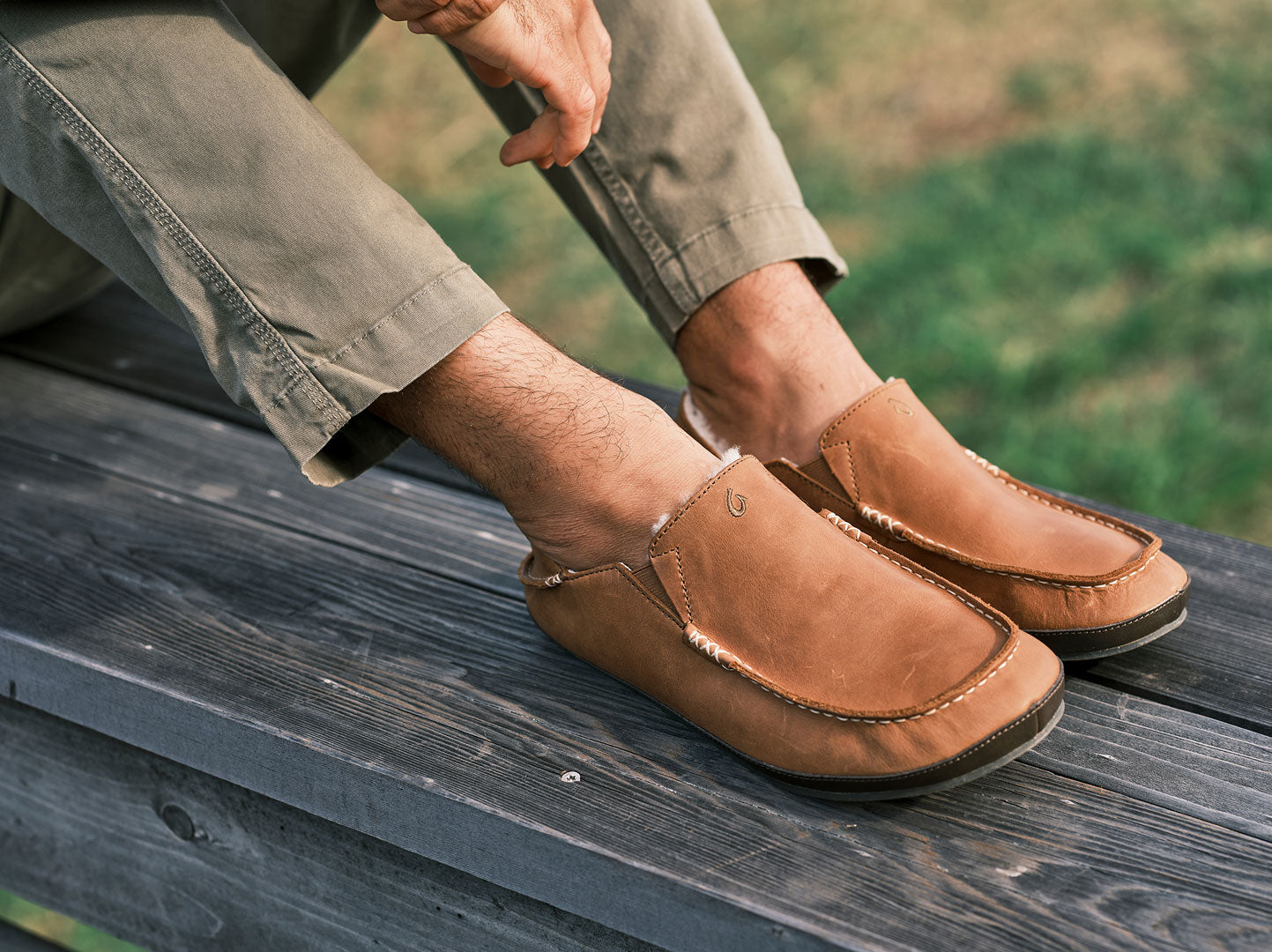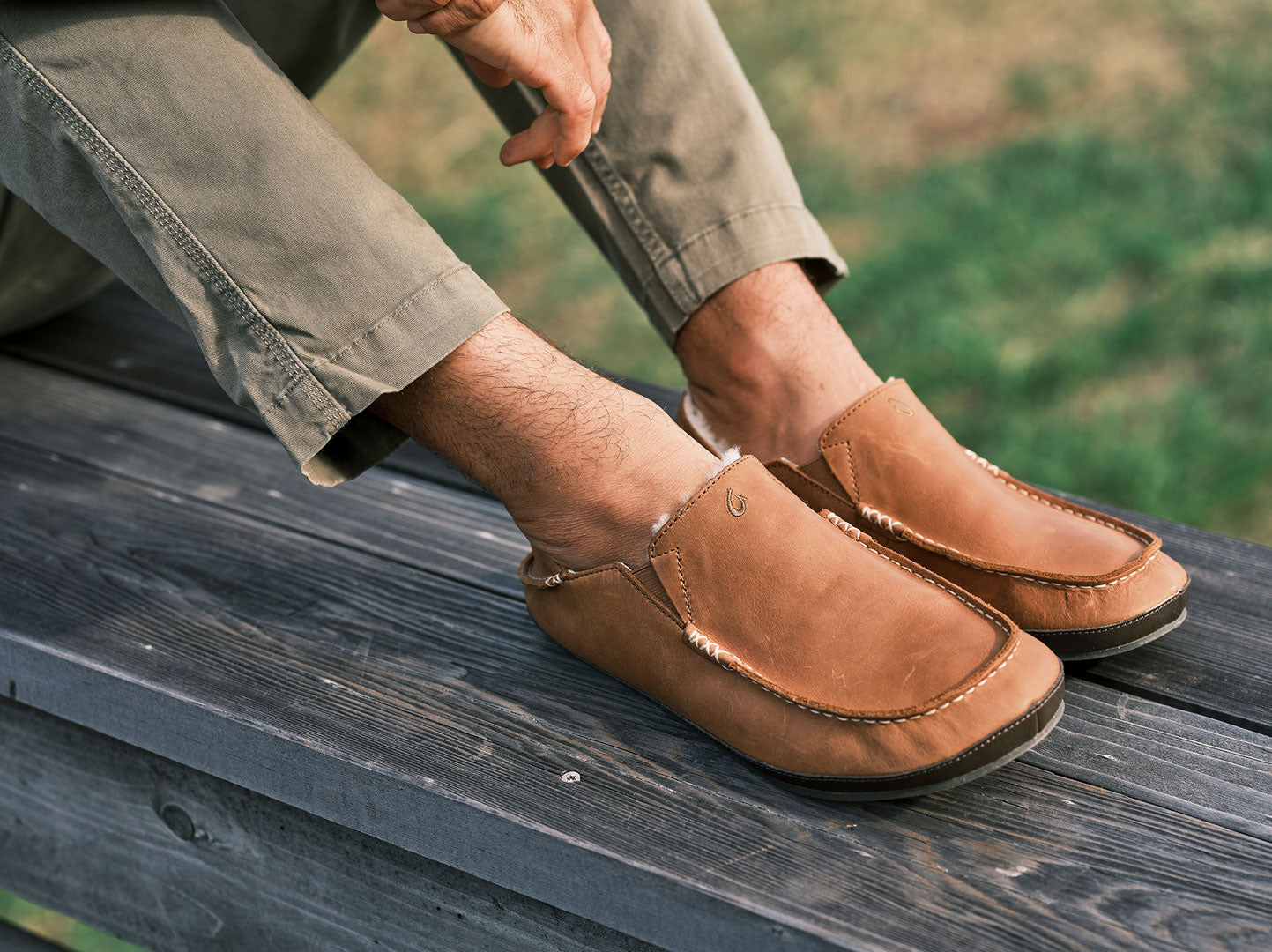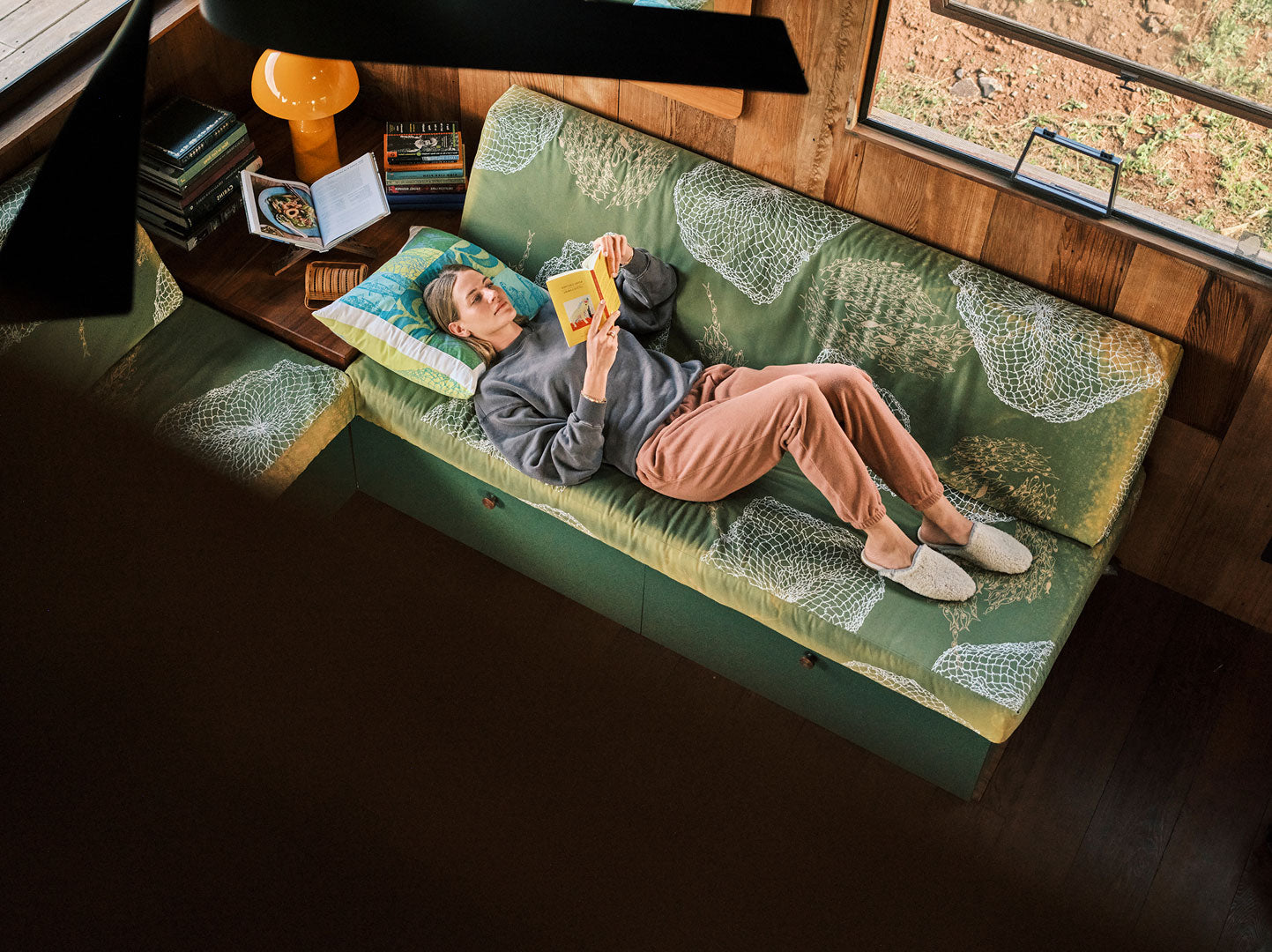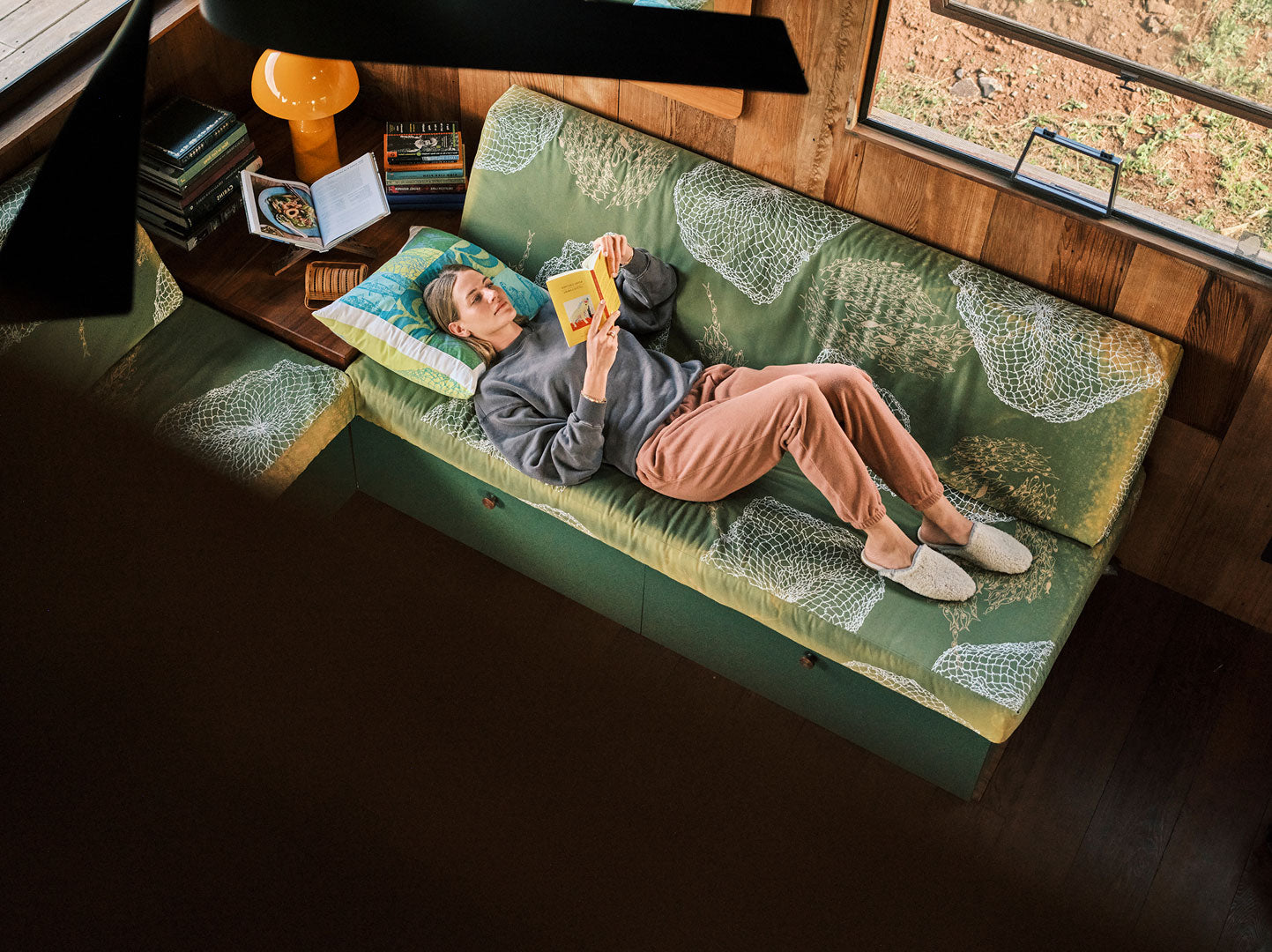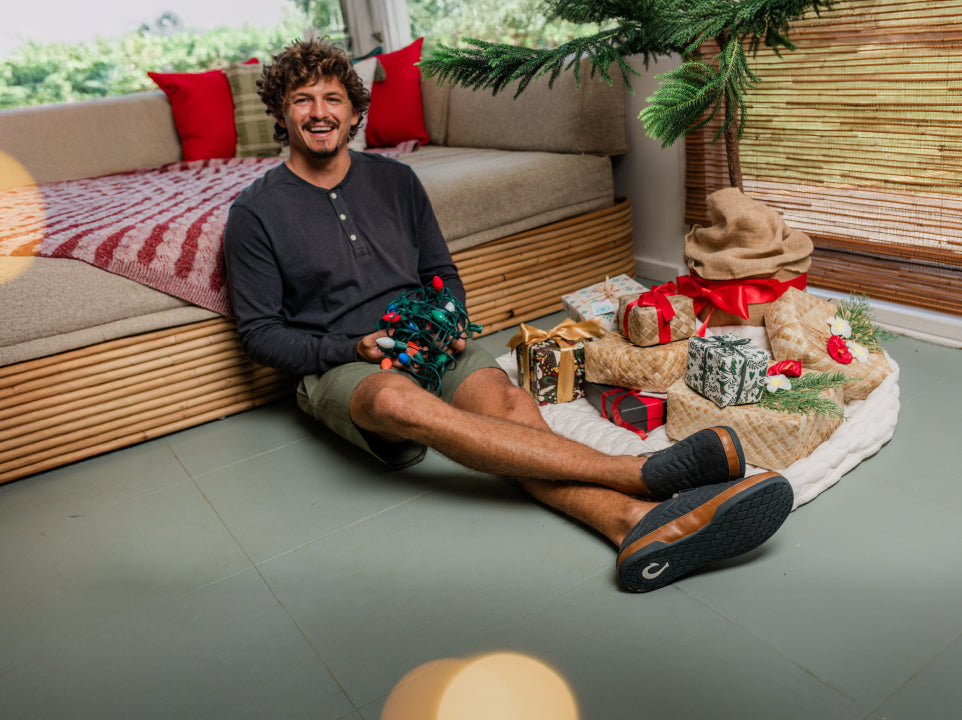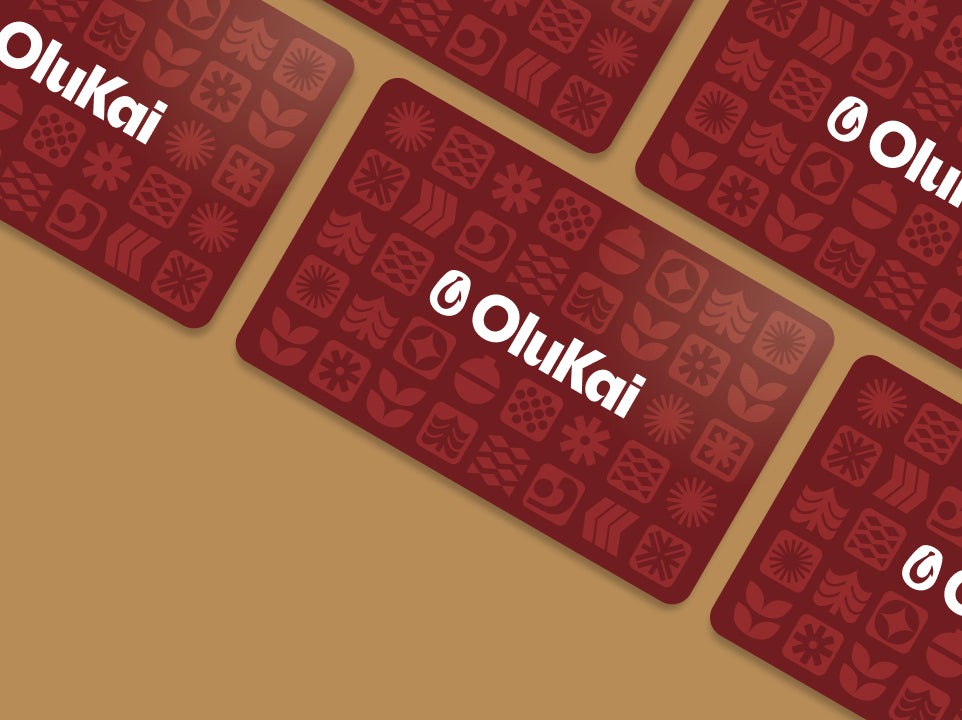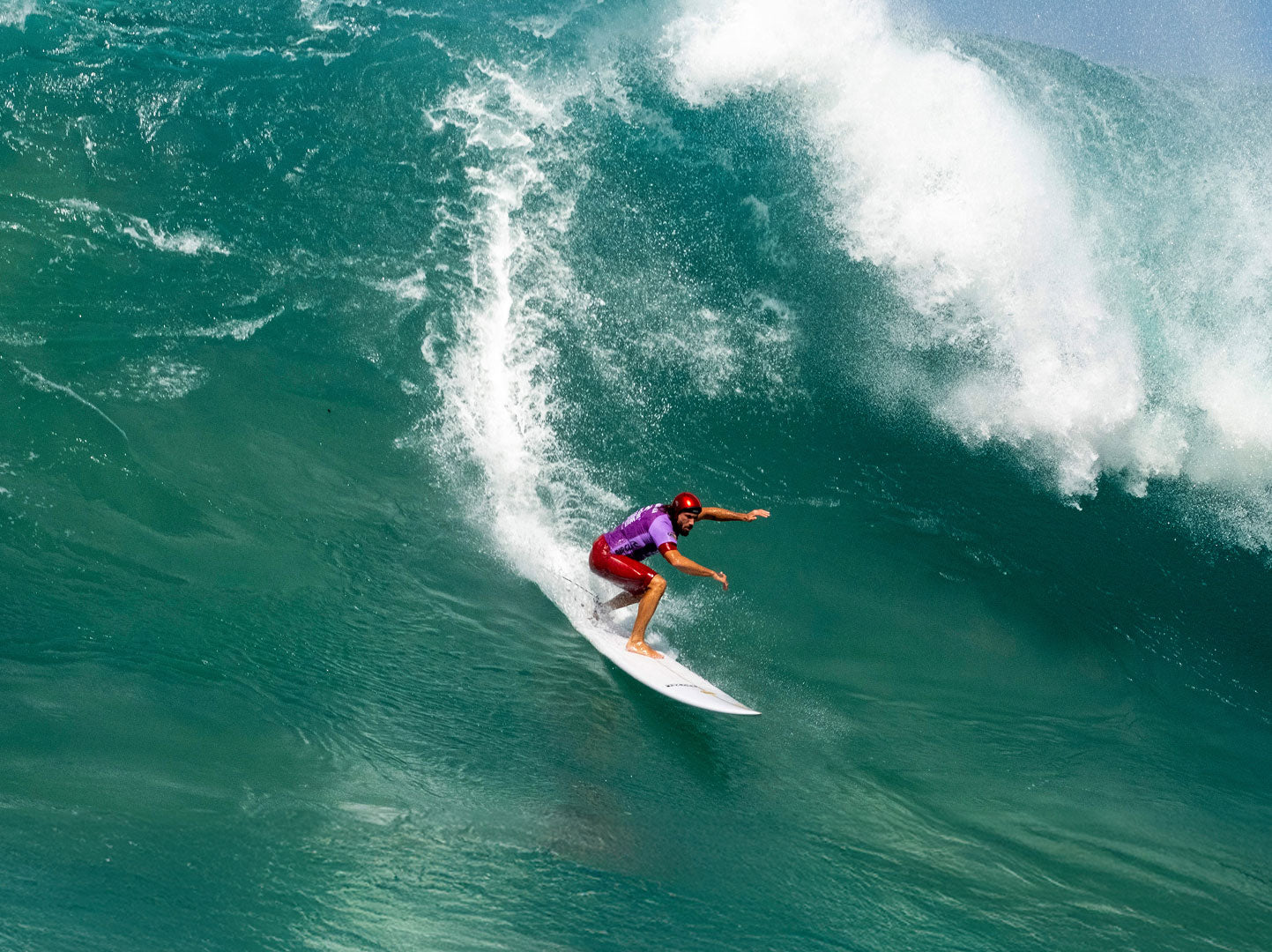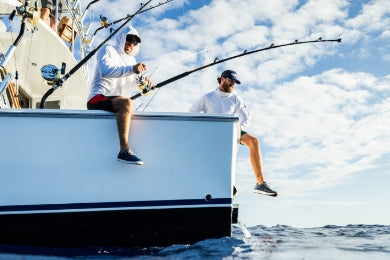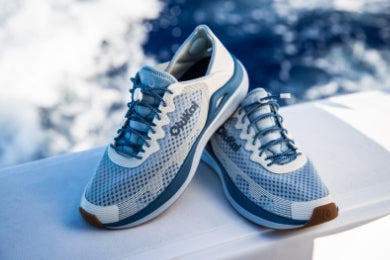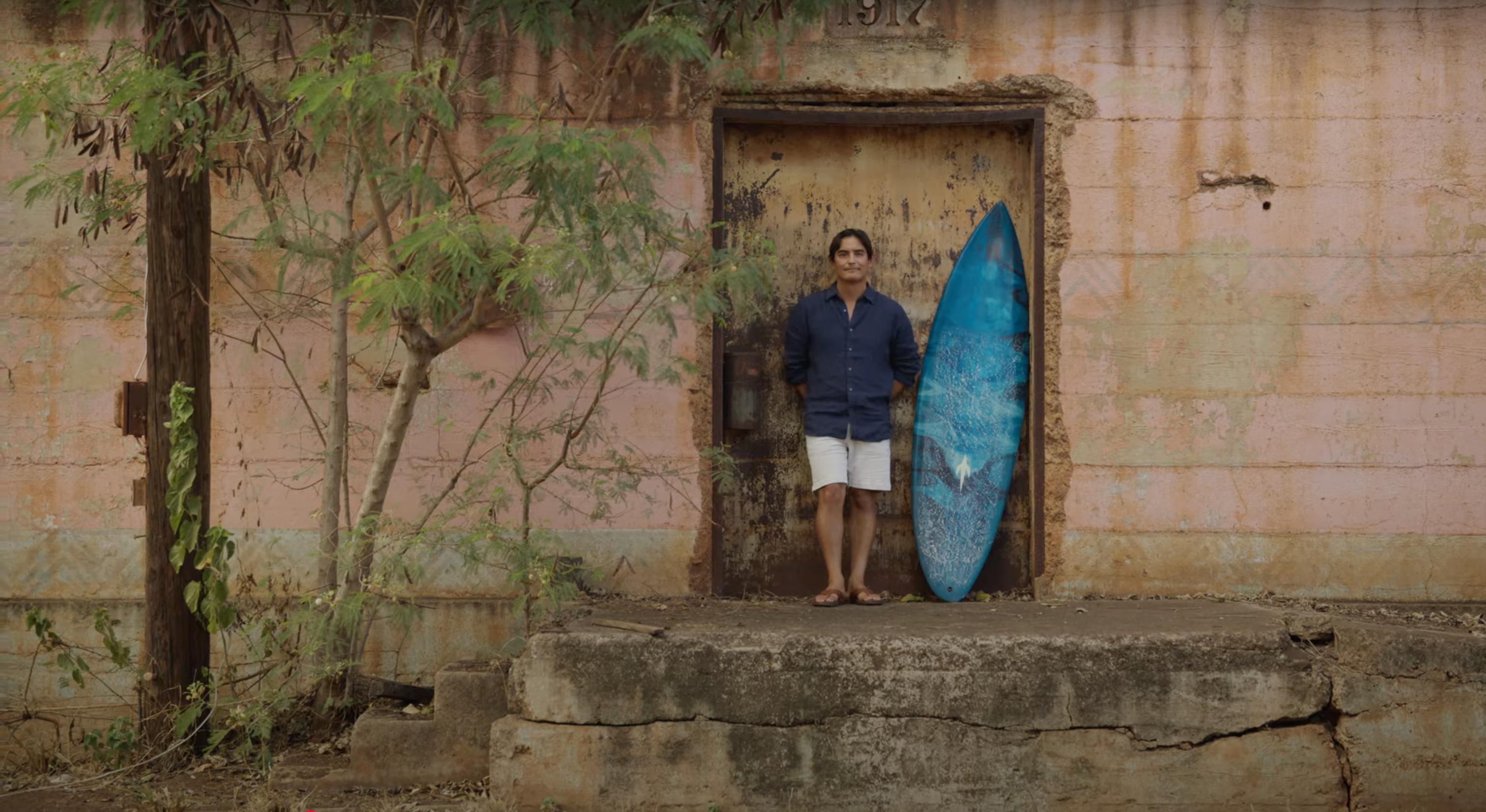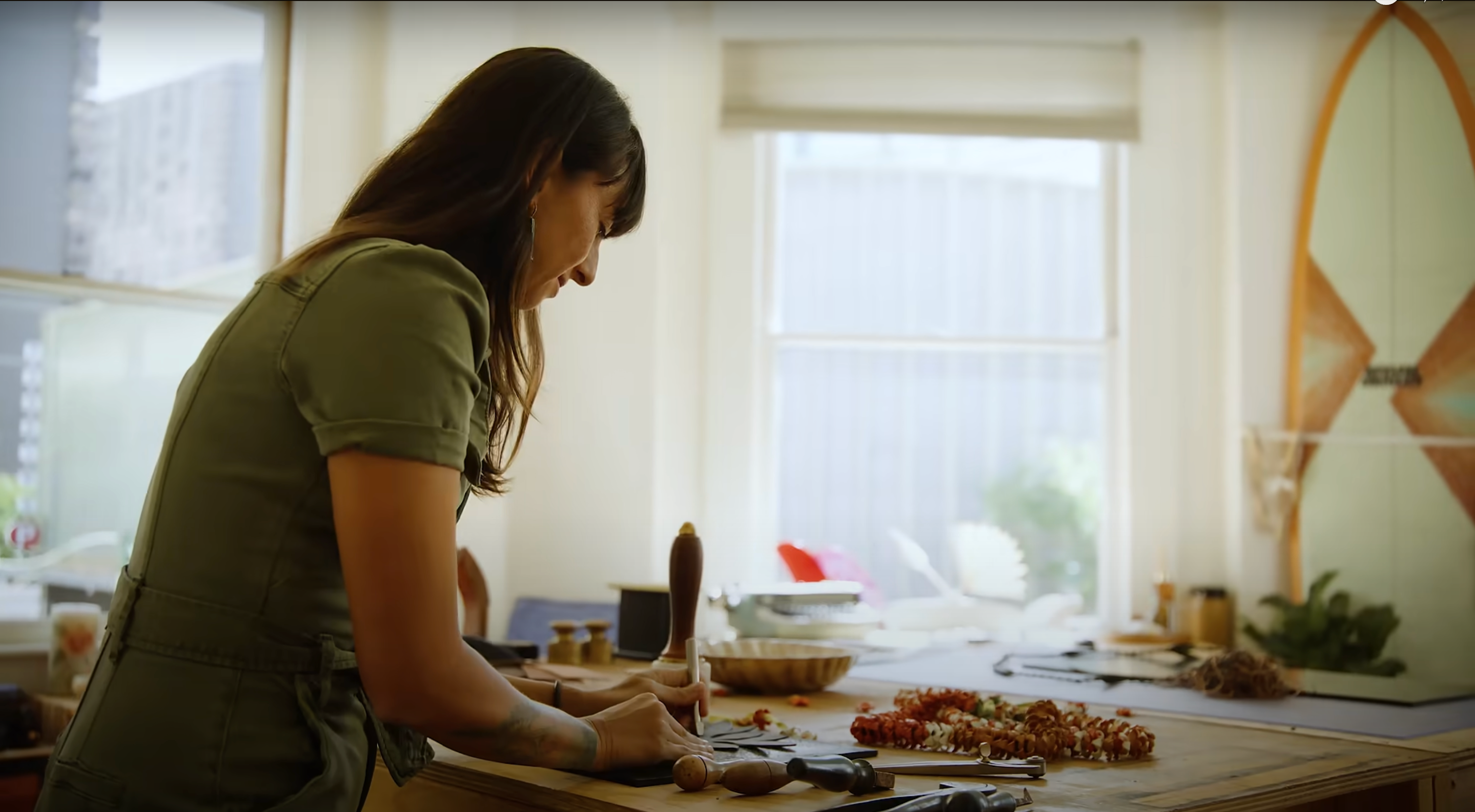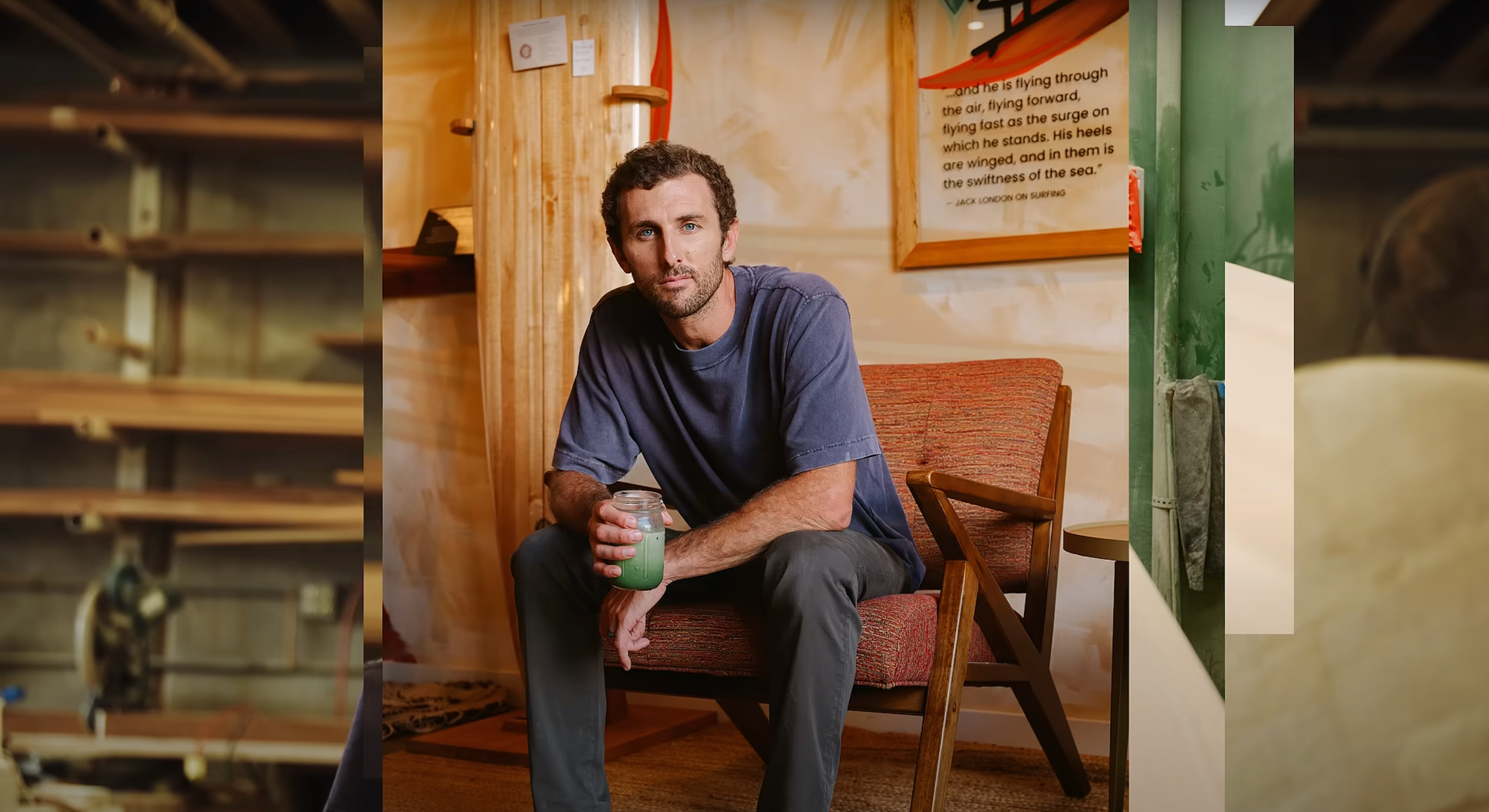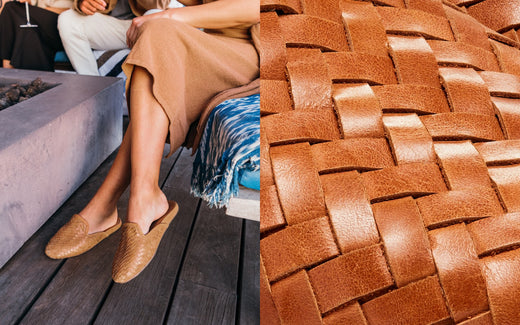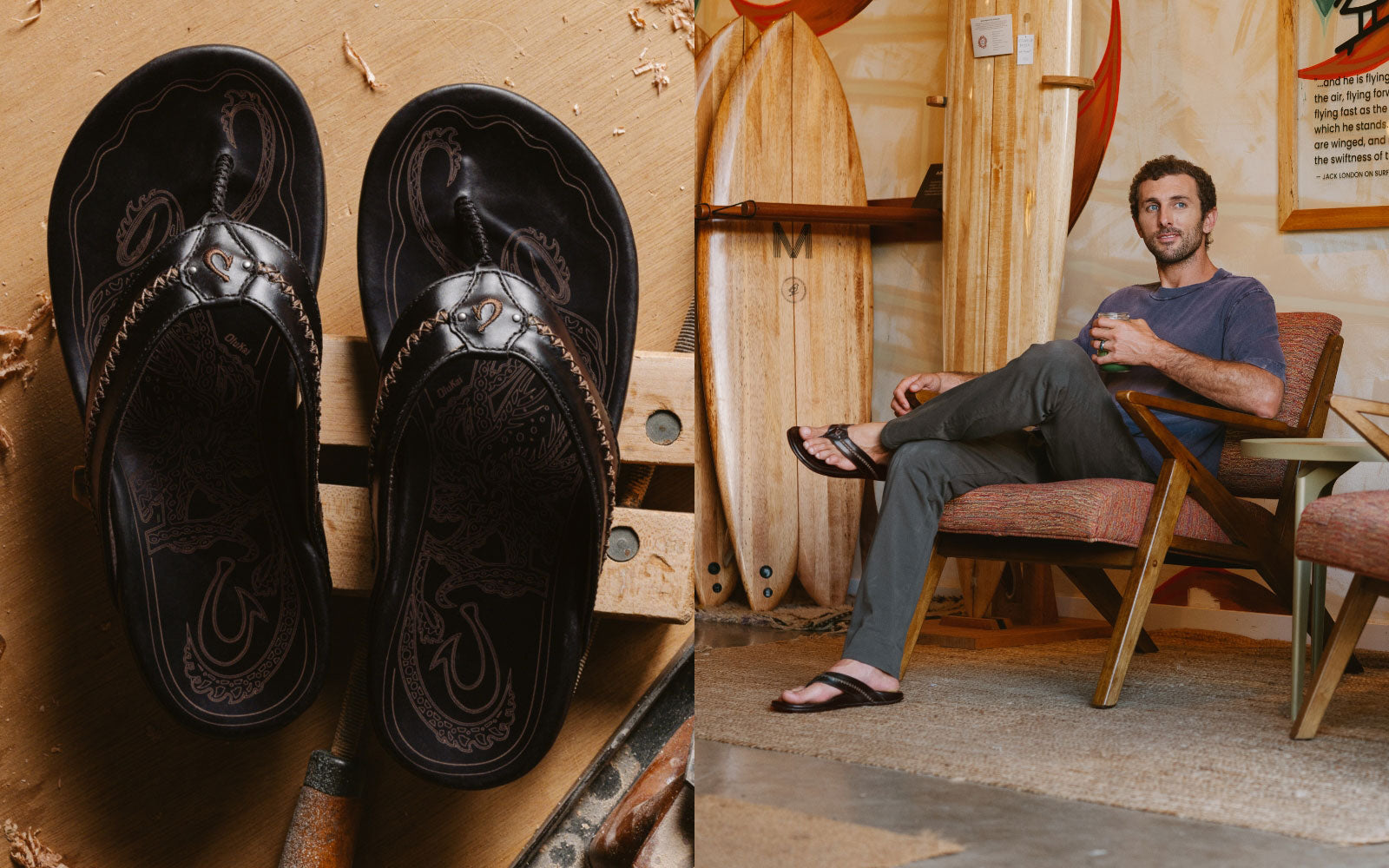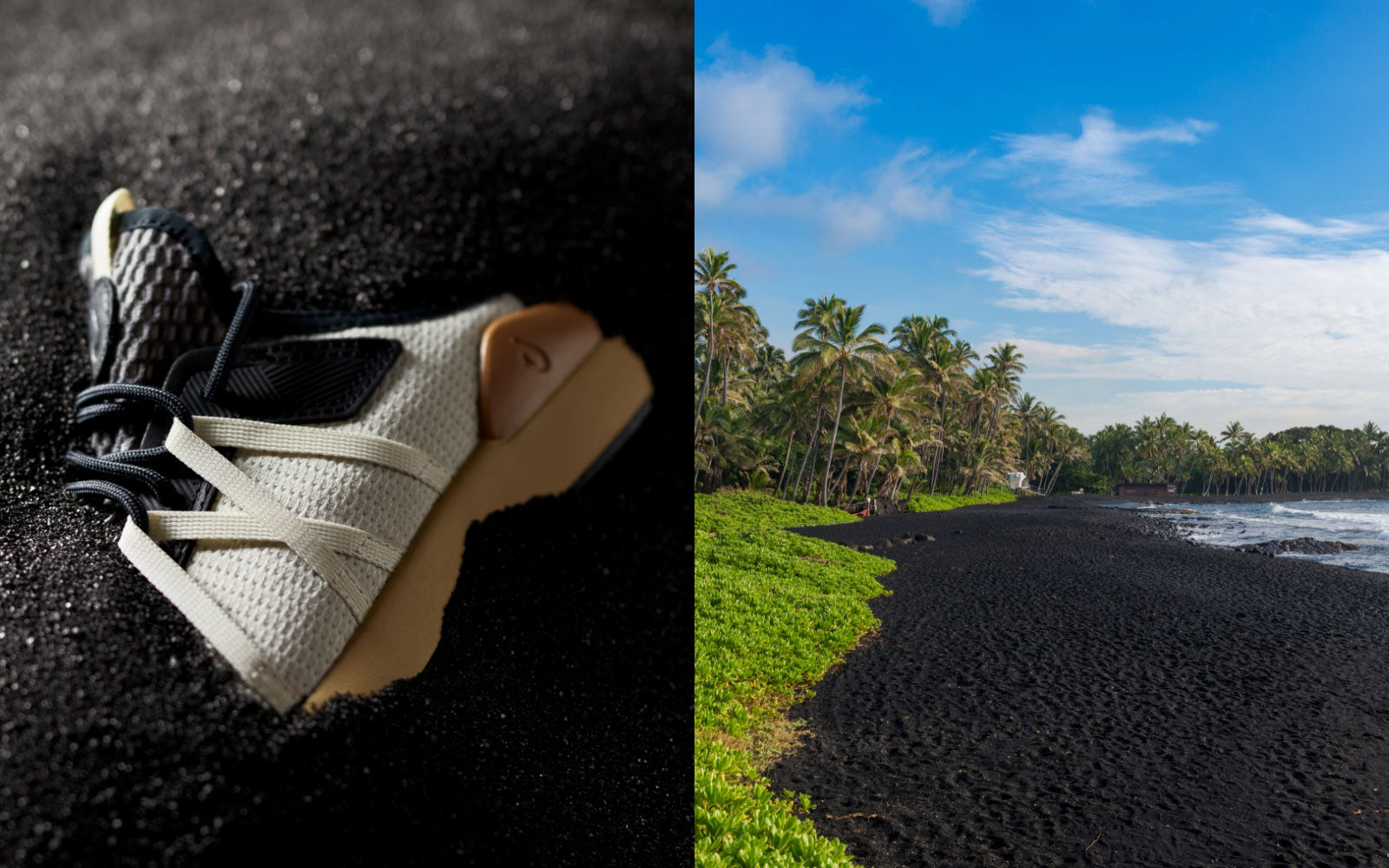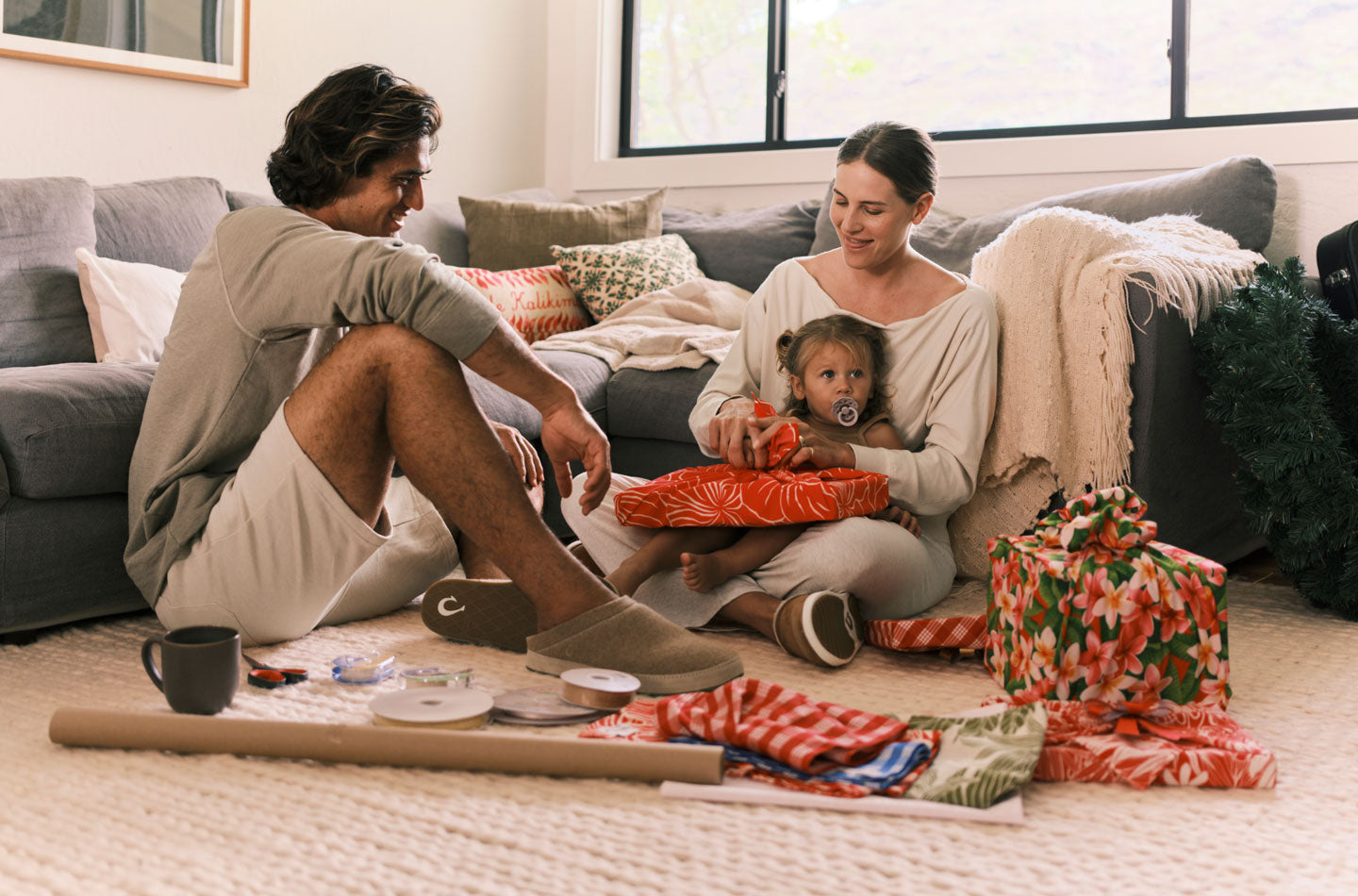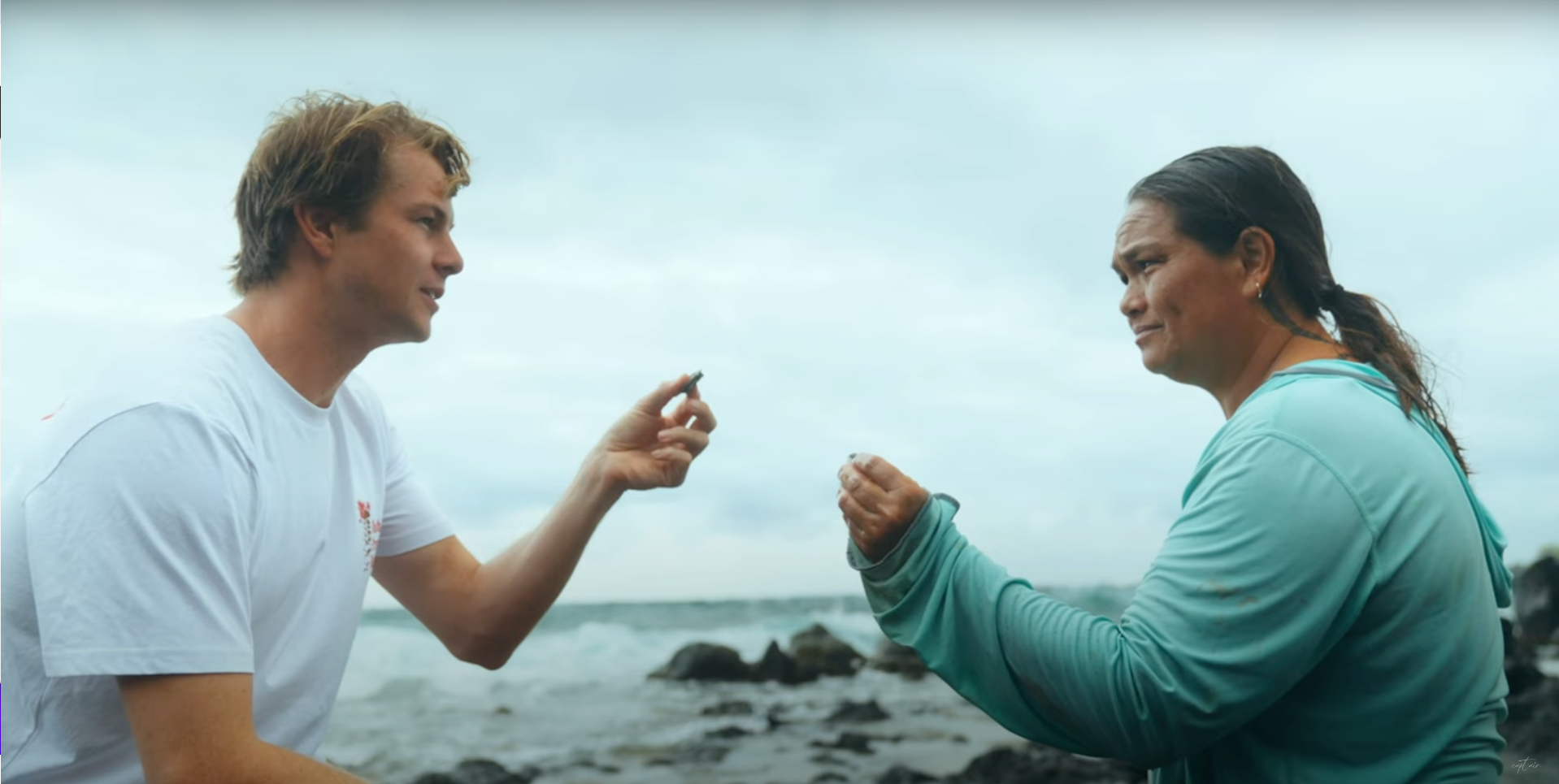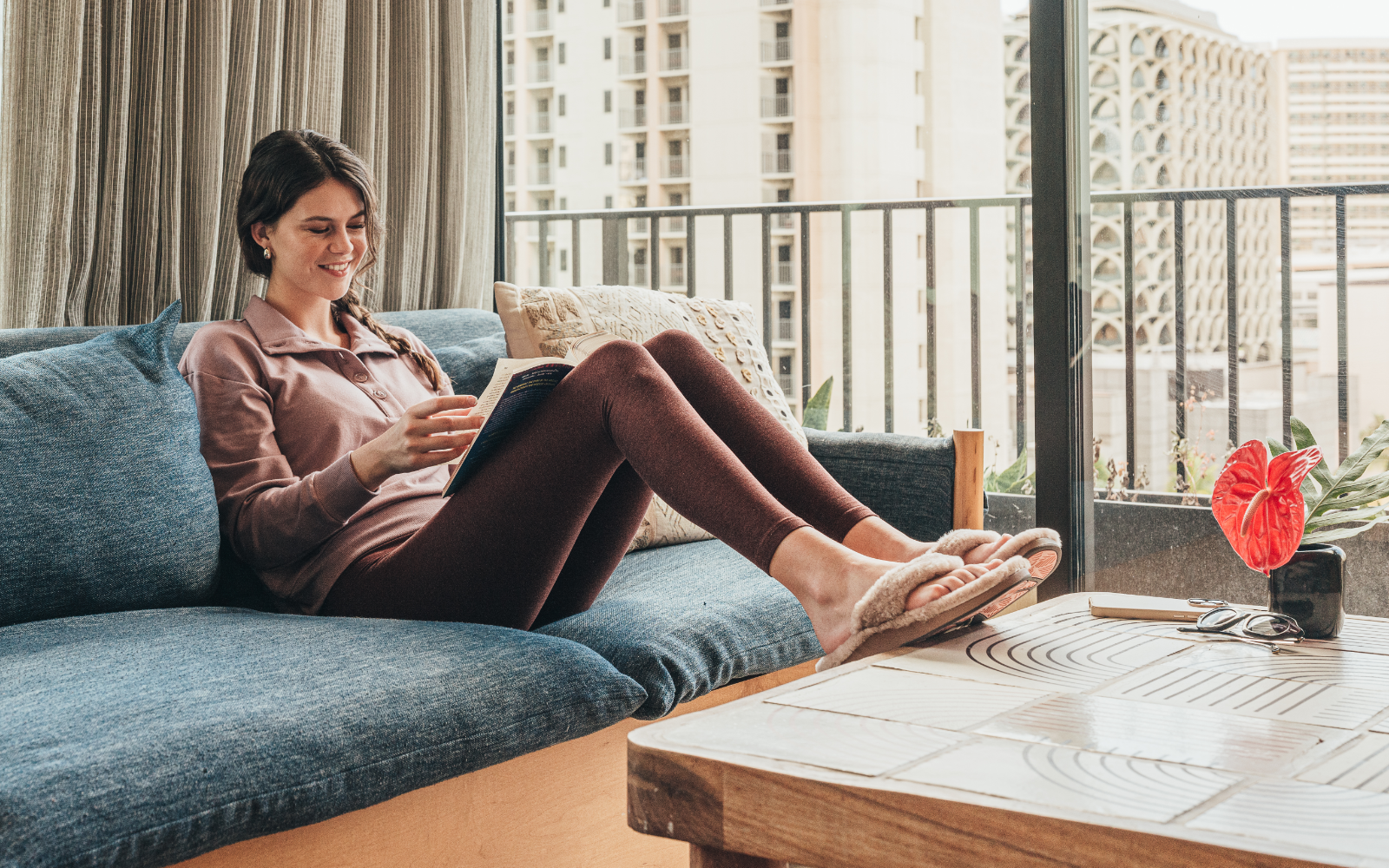With an island lifestyle that revolved around the ocean for food and recreation, Hawaiians excelled at all manner of ocean activities, especially surfing. Hawaiians are even credited as the progenitors of modern day surfing. Hawaiian chants dating as far back as the 15th century speak of surfing, surfing competitions among chiefs, and even wagering on the outcomes.
--image_block_a--
In pre-contact Hawai‘i, surfing was known as he‘e nalu, literally wave sliding. It was a popular pastime for all Hawaiians, young and old. It was also a spectator sport, with people lining the beach to wager on surfing competitions. Historians note that many Hawaiian people would work their fields in the evening or at night, so that they could surf during the day. This arrangement of priorities allowed them to work during the cooler hours of the evening and night and enjoy the ocean when the sun was up.
Surfing is also known as the sport of ali‘i, or kings, because it was a favorite pastime of the ruling elite. They rode wooden boards over 14 feet long that were solely designed for the chiefs. Ali‘i were also known to declare a wave or entire beach kapu, or off limits, so that they could snatch the best waves without a crowd. We see the ali‘i’s mark on surfing even today, especially at breaks like Queen’s in Waikīkī, which was named in the early 1900s for Queen Lili‘uokalani. The perfectly peeling wave fronted her beach home and was one of her favorite breaks.
Pre-contact Hawaiians made surfboards out of wood, mainly koa, breadfruit, or wiliwili. There were several different sizes of boards made for different waves and styles of surfing. Paipo boards were under five feet long and could be ridden standing up or in the prone position, like a modern-day bodyboard. Many children would grab a paipoand head for the shorebreak. Alaia surfboards were five to eight feet long and used by commoners and ali‘i. Kiko‘o boards were eight to 14 feet long and olo, crafted from 14 to 24 feet long, were only ridden by ali‘i.
No matter the size, the boards were shaped in a similar fashion. The planks of wood were generally about 18 inches wide and one inch thick with a rounded nose and a square tail. These early surfboards did not have a fin on the bottom. The paipo, alaia, and kiko‘o boards were surfed on the waves just like people surf waves today, sliding across the open face, racing in front of the whitewater and the breaking part of the wave. The olo was used to catch waves far beyond the reef, even before the waves had crested. The boards were so big and fast, they were nearly impossible to turn, and ali‘i would race their craft straight to shore.
In pre-contact times, the boards were shaped with a stone adz and sanded with coral. Hawaiians used the root of the ti plant or pounded kukui tree bark to stain the wood, which gave the boards a durable, water-resistant finish.
--video_block--
--image_block_b--
Today, the tools might be different, but the process of shaping a traditional Hawaiian surfboard largely remains the same. Hawai‘i Island lifeguard, big wave surfer, and woodworker Brandan Ahuna shares his technique for building alaia.
“First off, I never harvest wood from a live tree,” says Ahuna. Once he has found the right piece of wood, the work begins. “I look at the wood and decide which I want as the surface and which as bottom. I scan the grains and figure out what the wood wants me to do with it—that makes the shaping easier in the long run. I cut the wood into strips and laminate them together, and then I run the wood through my planer to get the thickness right, usually around ¾”. I use clamps and glue for the lamination process and let it sit for 24 hours.
“Next, I work on tapering the rails and usually I’ll do a single concave for the bottom. I laminate some tail blocks, too, put in some inlays, and then plane those the next day. Then I go through a few phases and grits of sanding. Finally, I coat it with a polyurethane seal, then brand my label, Ahuna Hana, on the board, and ultimately ride it, of course. This whole process usually takes about three days.”
